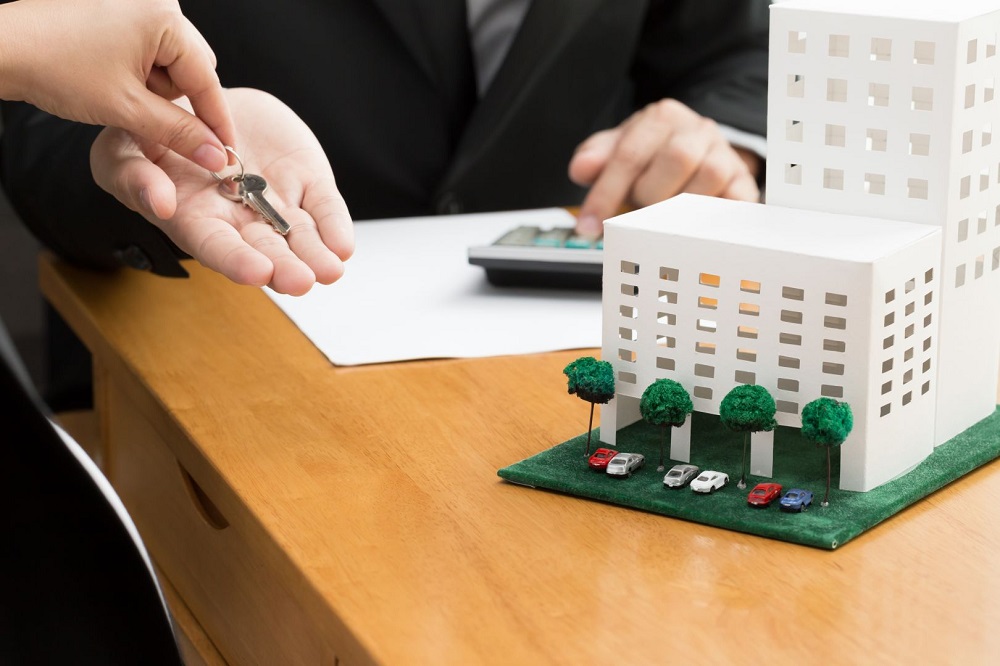The landscape of healthcare delivery is undergoing a significant transformation, with a notable shift from traditional hospital settings to outpatient care facilities. This shift has profound implications for Medical Real Estate, driving demand for specialized outpatient buildings. This article explores the rise of outpatient care, the investment potential of medical outpatient buildings, the benefits and challenges of these facilities, and future trends in this sector.
The Rise of Outpatient Care
The transition from hospital-based care to outpatient services is driven by several factors. Demographic changes, particularly the aging population, have increased the demand for accessible and convenient healthcare services. Technological advancements have made it possible to perform complex procedures in outpatient settings, reducing the need for hospital admissions. Moreover, patient preferences for less crowded and more convenient care locations have further accelerated this trend.
Outpatient care facilities offer significant advantages in terms of accessibility and convenience. They are often located closer to residential areas, making it easier for patients to receive care without the need to travel long distances. This proximity is particularly beneficial for elderly patients and those requiring regular follow-up visits.
Benefits of Outpatient Facilities
Outpatient facilities offer numerous benefits over traditional hospital settings. These benefits include enhanced patient care, operational efficiencies, and cost savings.
Enhanced Patient Care
Outpatient facilities are designed to provide a patient-friendly environment, optimizing flow, privacy, and comfort. This design focus leads to improved patient satisfaction and increased utilization of healthcare services.
Operational Efficiencies
By decentralizing care, outpatient facilities reduce the strain on hospital resources, freeing up space for more urgent cases. This leads to more efficient use of resources and smoother operations. The use of technology and data analytics in outpatient facilities can further optimize scheduling, resource allocation, and supply chain management.
Cost Savings
For patients, outpatient facilities can offer significant cost savings compared to hospital-based services. Procedures performed in outpatient settings are often more cost-effective due to the absence of overnight stays and lower overhead costs. These cost savings can also contribute to the larger goal of reducing overall healthcare expenditures and increasing access to care.
Challenges in the Outpatient Real Estate Sector
Despite the numerous benefits, the outpatient real estate sector faces several challenges. These challenges include navigating regulatory requirements, planning and design complexities, and securing financing.
Regulatory Requirements
Outpatient facilities must comply with a myriad of regulations, including zoning laws, licensing, and certification. These regulations can vary by locality, making compliance a complex and ongoing challenge for healthcare providers.
Planning and Design Complexities
Designing outpatient facilities requires careful planning to balance functionality, aesthetics, and cost-effectiveness. Facilities must be tailored to the specific services they provide, incorporating the latest technology and equipment while creating a welcoming environment for patients.
Securing Financing
Investing in outpatient medical real estate requires significant upfront capital, which can be challenging for healthcare providers already facing budget constraints. Creative financing options, such as joint ventures or sale-leaseback arrangements, can help alleviate this burden and make the transition to an outpatient-focused model more feasible.
Impact on Healthcare Providers
The shift to outpatient care necessitates operational adjustments and investments in new technologies and facility designs. Providers need to adapt their processes to maintain efficiency and ensure high-quality patient care. This transition can lead to improved patient satisfaction and better resource allocation, ultimately enhancing the overall healthcare experience.
Future Trends in Medical Outpatient Real Estate
The future of medical outpatient real estate looks promising, with several trends expected to shape the market. The demand for outpatient services is likely to continue growing, driven by the aging population and the shift towards preventive and primary care. Advancements in medical technology and the adoption of value-based care models will further influence the market dynamics.
Strategic mergers and acquisitions among healthcare providers and real estate investors will also play a significant role in the sector’s evolution. These mergers can lead to the creation of more comprehensive and integrated healthcare networks, providing patients with seamless access to a wide range of services.
Conclusion
The shift towards outpatient care is reshaping the healthcare landscape and driving demand for medical real estate and Medical Outpad. Outpatient facilities offer numerous benefits, including enhanced patient care, operational efficiencies, and cost savings. Despite the challenges, the investment potential of medical outpatient buildings remains strong. As the healthcare industry continues to evolve, the importance of adaptable, patient-friendly outpatient facilities will only grow, presenting significant opportunities for investors and healthcare providers alike.
For more detailed insights on Medical Real Estate and to explore the latest trends and opportunities in Medical Outpad, visit our expert resources.


